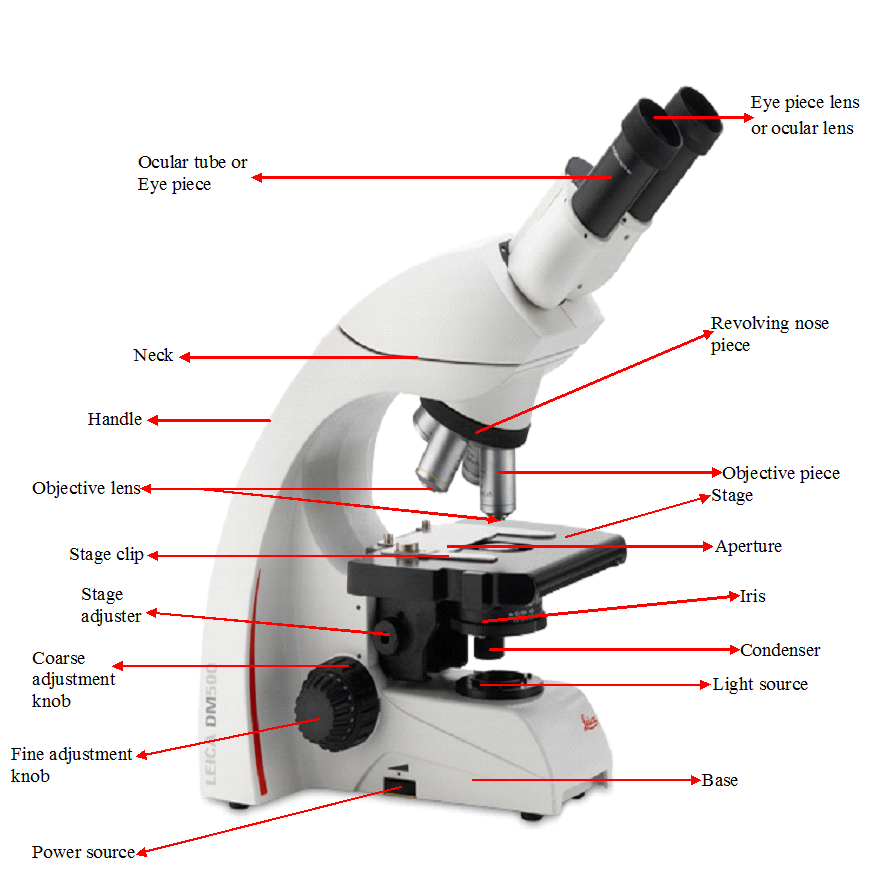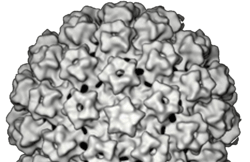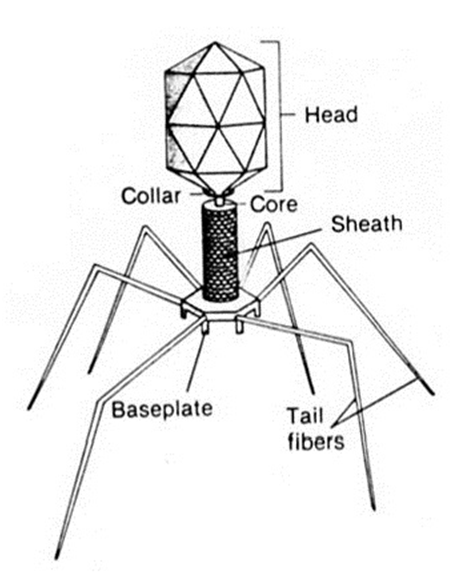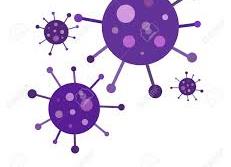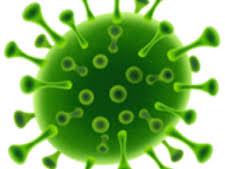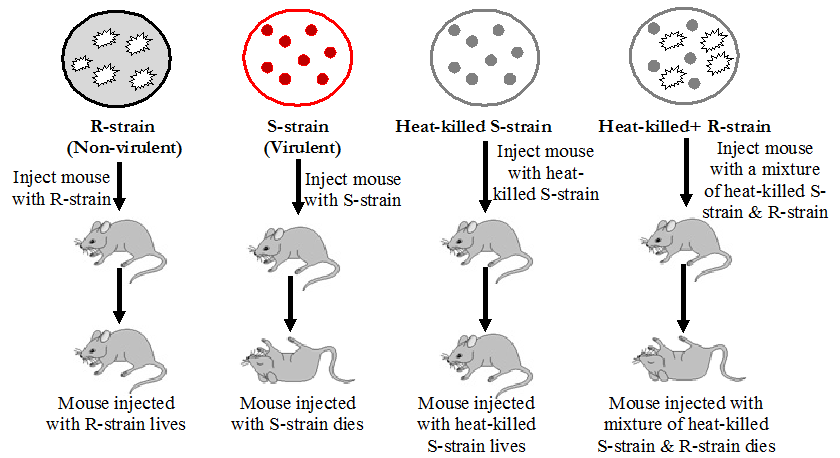FUNCTIONS OF THE PARTS OF A MICROSCOPE
The microscope has various parts that perform specific function; and it is important that scientists and students acquaint themselves of these components and their functions in order to make optimum use of the equipment (Figure 1). An understanding of the different parts of the microscope is vital for the proper use of the apparatus in […]
FUNCTIONS OF THE PARTS OF A MICROSCOPE Read More »
Techniques in Microbiology Lab, Microbe Lab, Microscopy & Microscope
